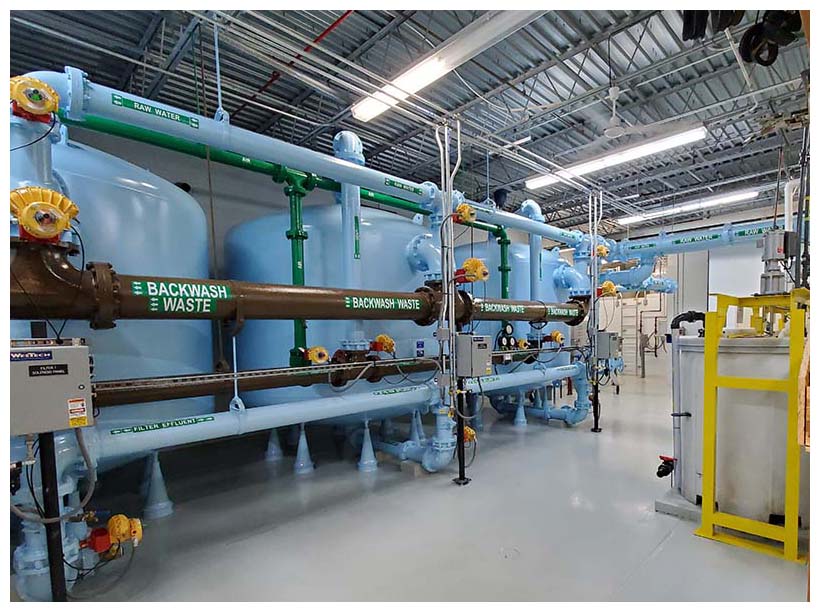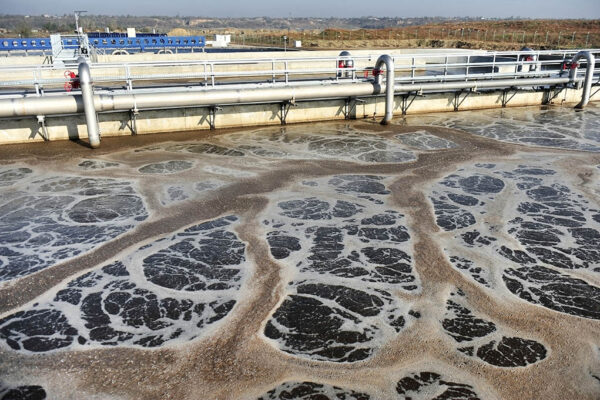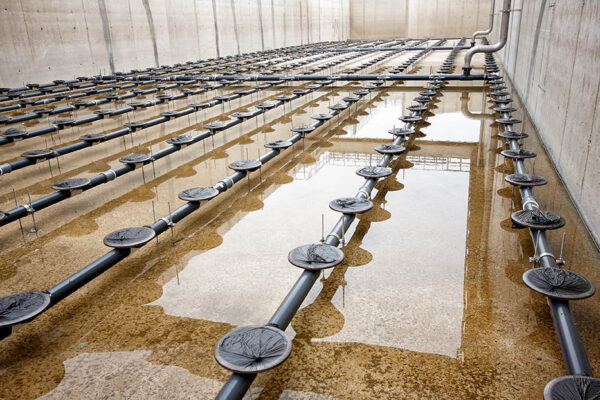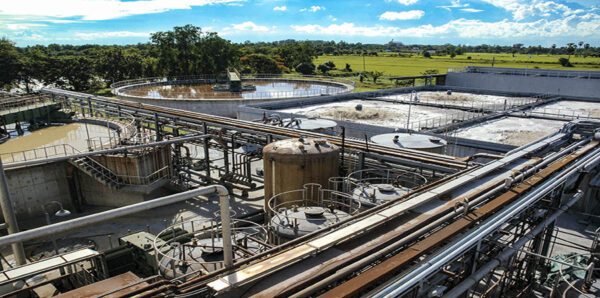
Water Treatment at City of Anamosa – Mixer Solution Case Study
At Dynamix, working with the North American water treatment industry is a big part of what we do, providing mixers for various applications in the water treatment process. In many installations, a custom solution is required. One such project was with the City of Anamosa’s water treatment plant and their need to upgrade their current mixers in their process. Looking for a new mixer with the goal to find a more durable and efficient mixer, the water plant superintendent Jim (Henson) was tasked with. After doing an extensive search online for a solution, he was fortunate to find Dynamix, “…I was very lucky when I was searching on line and decided to call Dynamix and after talking to the sales




